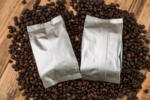Guatemala, the Central American country, produces one of the best-known coffee in the world. Major brands like McDonald’s use these coffee beans from Guatemala. Let us learn more about this giant coffee producer and exporter.
In the beginning
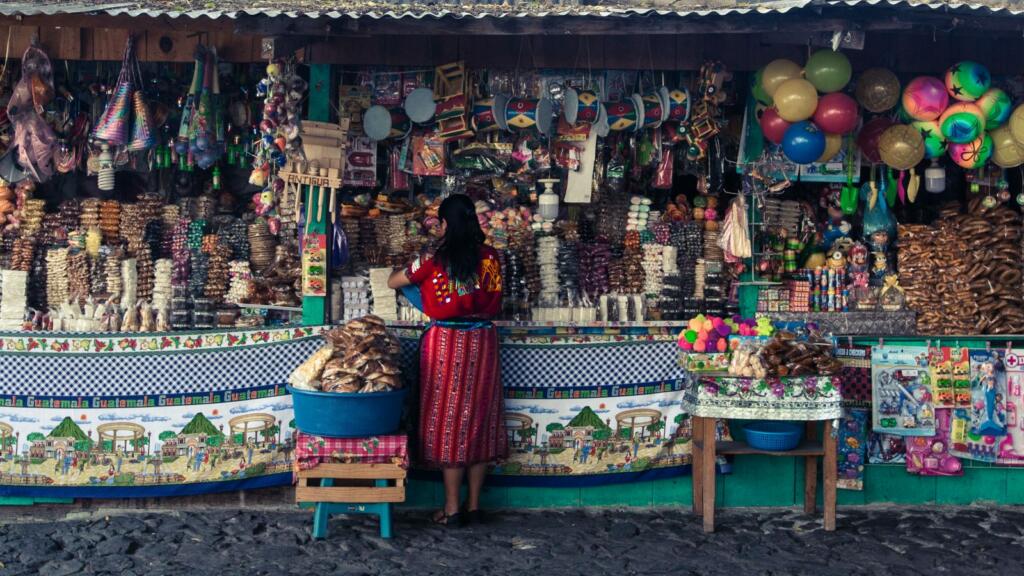
The Jesuits missionaries introduced coffee to Guatemala in the mid-1700s. They were first used for ornamentation but later commercialized in the 1800s. The commercialization of coffee resulted from the fall of the color–dyeing industry.

The government enhanced coffee plantations to support the economy by introducing new plantations. Guatemala subsequently became a leading word coffee exporter from the late 1800s to 2011.
Flavor overview
The Guatemalan coffee is strong, moderately acidic, full-bodied, and delicious. That is from the environment where they are grown. Coffee in Guatemala has a grown altitude of over 5,000 feet, giving it a robust flavor. High altitudes expose the coffee plants to more sunshine, moderate rainfall, and stable temperatures, which are prevailing conditions in Guatemala.
Other factors influence the quality of this coffee. These factors are the quality of soil, exposure to sunlight, rainfall amount, cultivation methods, and method of roasting.
Guatemalan coffee farms
Coffee farming in Guatemala is commonly in high elevations. Mostly on a plateau or a mountainside. That is facilitated by warm weather, high rainfall, rich volcanic soils, and favorable weather conditions. The geography is advantageous for the growth of the beans.
Factors that affect the growth of coffee

Elevation
The higher the elevation, the better the quality and coffee flavor. High altitude means cooler temperatures, harsher winds, more substantial rainfall, and more exposure to sunlight. Some factors may affect successful growth but enhance the flavor due to the slow growth rate. In addition, the bean is supplied with oils and sugars, which boost the flavors.
Soil quality
This is a critical factor in coffee production. Properly drained soils are the best for coffee growth. The soil must have essential elements like nitrogen, boron, phosphorus, calcium, potassium, and zinc. Such soils support coffee growth at its best.
Rainfall
Coffee thrives well in rainfall of about 1,500-2,000mm properly distributed in 8-10 months annually for the crop to flourish successfully. All regions in Guatemala receive sufficient rainfall for coffee growth. Higher elevation also helps the plants get more rainfall.
Sunlight
Coffee must be exposed to direct sunlight at least 2 hours a day. Higher altitudes are perfect for exposing coffee to more sunshine. However, coffee needs adequate sunlight to facilitate photosynthesis even at low altitudes.
Processing methods
Processing begins once the coffee has been collected. Upon harvesting, coffee is cleaned, and beans are removed from the cherry. Roasting becomes the next activity. For Guatemalan coffee, the wet process has proven to be effective.
The “washed coffee,” the wet process, involves coffee bean fermentation for 1-2 days. First, a machine pulps cherry, and their mucilage is removed. Fermentation helps release oils and sugars to enhance the flavor.
Best Guatemalan coffee brands
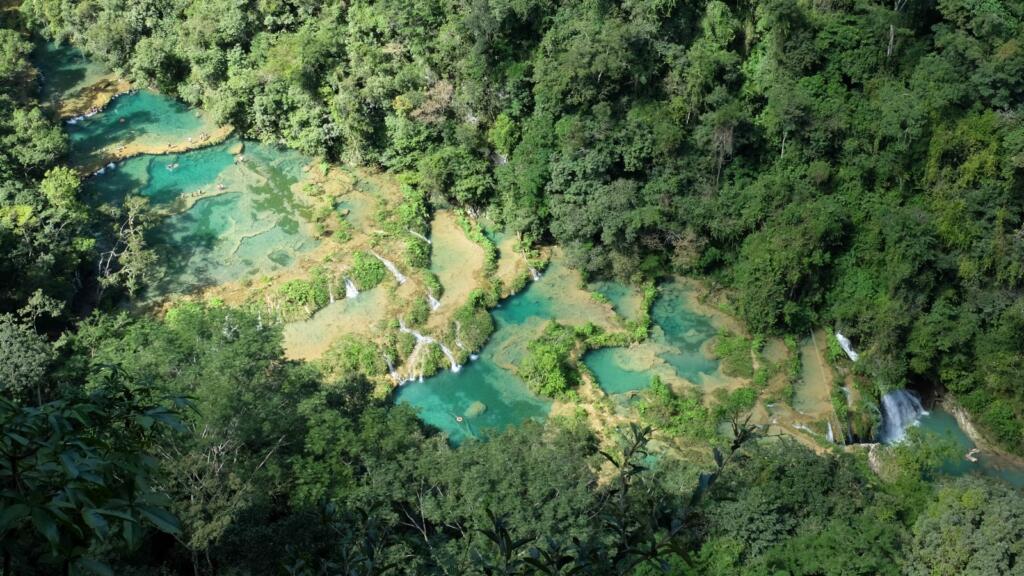
Here is a list of the most vibrant coffee blends in the market.
Volcanica coffee: Guatemala Antigua
Volcanica grows in volcanic areas at the highest elevation points in Antigua. This is one of the best bean roasts you can get from Guatemala.
This is a vibrant medium-acid roast with a delicious flavor of nuts and chocolate. A full roast is deep and creamy. Perfect for those who like a strong cup of coffee with a chocolate aroma.
Volcanica Coffee: Guatemala Peaberry
This is a heavy roast with smoky overtones. It has a smooth and robust flavor. The peaberries of this type of coffee have one bean in the pod, which is a reservoir for several nutrients needed for two beans in other varieties. That is the secret behind the major boost in the flavor of this coffee.
Java planet Guatemala Huehuetenango coffee
This blend by Java Planet has a powerful flavor and low acidity. It produces succulent beans with a creamy caramel and fruit flavor. A medium roast is perfect for everyone’s refreshment.
The Java Planet brand is 100% guaranteed free from chemicals and pests. In addition, it has been certified by Fair Trade and SMBC Bird Friendly.
Damn good coffee-Guatemalan Dark Roast
This dark roast tastes “damn” amazing. This family-owned company donates part of its profits to support welfare in Africa. The beans are collected in small batches and roasted to perfection to make a tasty and robust cup of Joe. The beans are packed in air-tight bags to keep them fresh and ready to brew at any time.
Two more volcanoes coffee: Guatemala San Marcos Coffee
This variety is grown in the San Marcos region next to the two volcanoes. It produces beans with a deep flavor and an oriental twist in it. The area has soils right in nutrients that give sufficient oils, flavors, and taste to the coffee for a perfect roast.
A medium blend will have a nutty undertone and harbor floral sweetness to mild and light flavors. This coffee is sensitive to the stomach.
Cubico Coffee: Guatemala Antigua coffee
This blend has fruity flavors to give the best craving for a cup of coffee. You will feel notes of lemon, orange, and milk chocolate in it. You enjoy a fresh and rejuvenating sip from this cup. Beans are roasted in small batches to ensure freshness and a delicious brew to sip on.
Growing regions of Guatemalan coffee
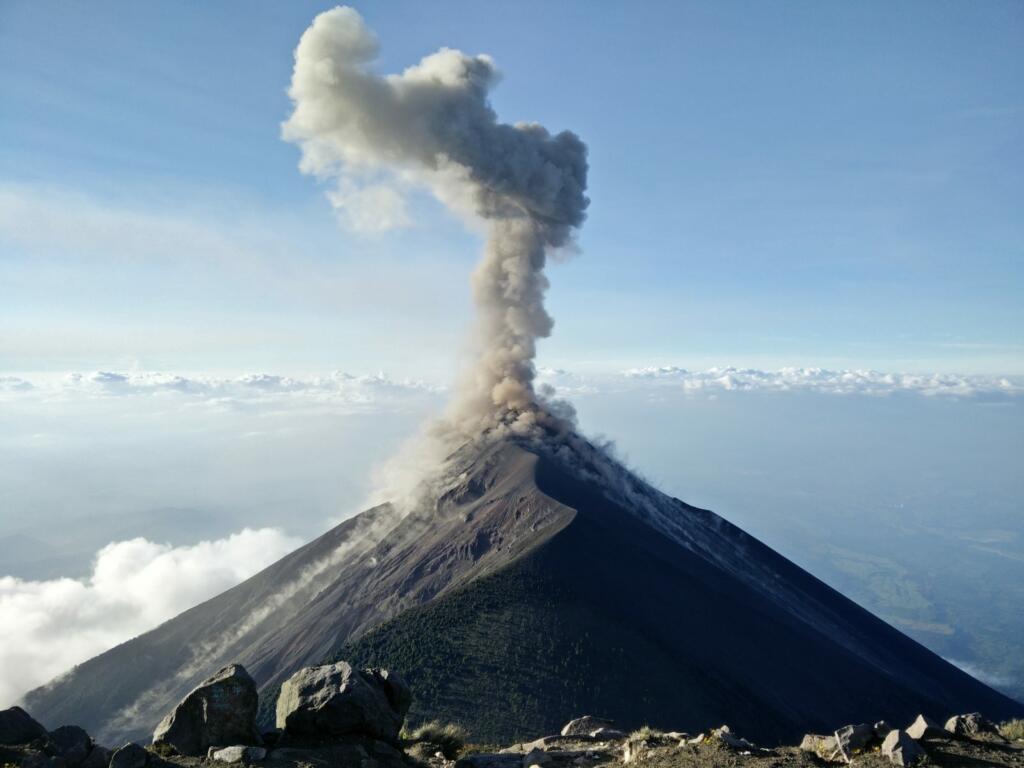
Guatemala’s large and advanced tropical climate produces one of the most delicious beans in Central America. That is facilitated by high elevation and a long wet season. In addition, every coffee-growing region in Guatemala possesses a microclimate that facilitates the growth of the beans. Let us discuss these coffee-growing areas.
Antigua
It is the best-known coffee-growing region in Guatemala. It has fertile volcanic soils, low humidity, intense sunlight, and cool evening temperatures. It is located in the central-southern region between three mountains in the country. It’s the best ground to grow delicious coffee.
Acetenango valley
This valley lies in the dense shades of Fuego Volcano. It is in the southwest of Antigua. The rich volcanic soils replenish the plants with nutrients essential to growing premium-quality coffee.
Atitlan
The region is in southwestern Guatemala. It has fertile volcanic soils that lie on the volcanic slopes that surround Lake Atitlan. The warm and humid conditions are perfect for growing coffee.
Coban
It receives about 3,300-4000mm rainfall annually in 8-10 months. Coban lies on very fertile grounds with constant rain that delays flowering. Only the ripest cherries are selected and sorted up to 10 times to get extra-quality beans for roasts.
Huehuetenango
It is located in Guatemala’s western region, a non-volcanic region. It is a less humid region; hence coffee is safe all year long. In addition, some rivers and streams replenish the soil with nutrients.
Fraijanes Plateau
The region experiences high rainfall and is of high altitude. Located near Pacaya, a volcanic region. The volcanic soils keep the plants replenished with essential nutrients in the area.
San Marcos
It is one of the warmest areas in Guatemala, receiving very high rainfall. However, it has an unpredictable rain pattern; hence some cherries are sundried, and others are dried using machines.
Nuevo Oriente
Coffee cultivation in the small-town Nuevo Oriente started way back in the 1950s. It is located in a volcanic region with heavy rain, high humidity, and soils supplying essential nutrients for coffee growth.
How to brew
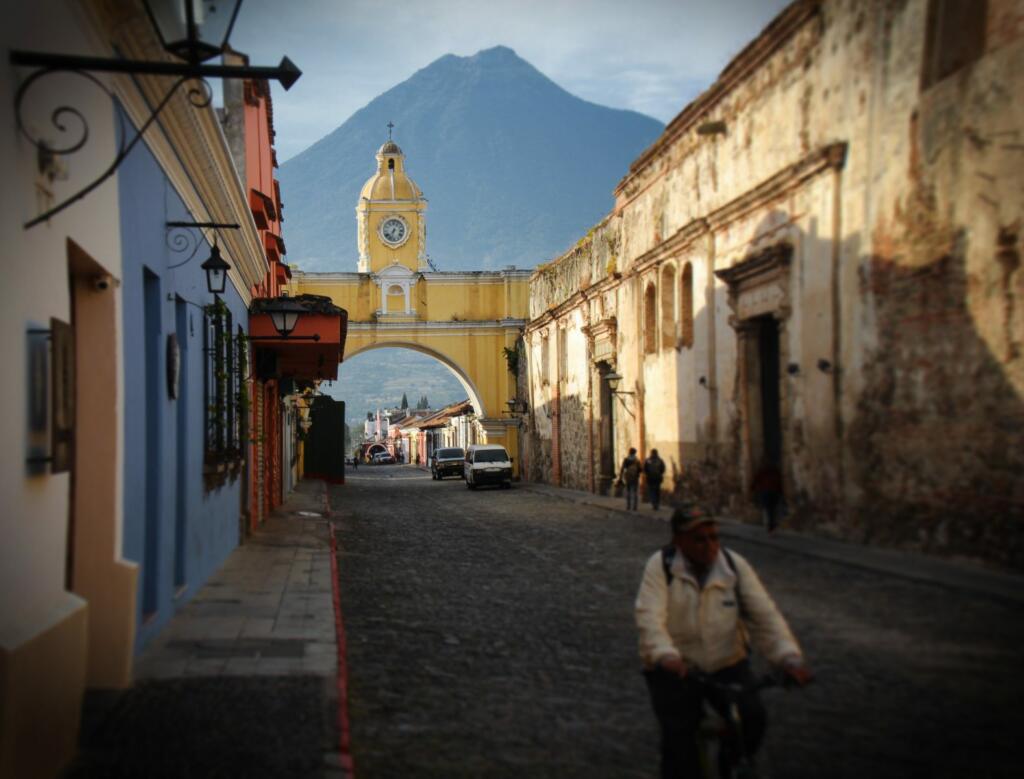
Every coffee lover has preferred techniques for brewing this rare kind of Guatemalan coffee. Here are some alternatives.
French Press
The French press is perfect for extracting the deep flavors in Guatemalan coffee. The contact of the grounds with hot water ensures the full extraction of the flavors evenly.
Pour-over
Pour-over is perfect for brewing Guatemalan coffee. First, brewers get a full-bodied cup of coffee. Then, pour hot water under these grounds to get a saturated bloomed coffee.
Drip coffee
Drip coffee is a popular technique in American homes. This is a simple way to brew Guatemalan coffee. Pouring hot water on the grounds ensures proper extraction of all coffee flavors from the grounds.
Cold-brew
This refreshing cold brew is made by a drip or immersion method. Cold brewing Guatemalan coffee ensures lighter acidity and sweetness in beans.
Wrapping up
Guatemala has been significant in generating coffee in South America. The quality of Guatemalan coffee makes it more marketable in the world regardless of the quantity they produce.
If you are a coffee lover, add Guatemalan coffee to your list and brew it. Then, take a sip and rate it from your experience.
Disclaimer: This post contains affiliate links, which means I may receive a small commission, at no extra cost to you, if you make a purchase using these links. Remember to support us by purchasing through the Amazon/Walmart/Impact Radius links provided. Last update on 2024-04-20 / Affiliate links / Images from Amazon Product Advertising API
Disclosure: No compensation or free products were received in exchange for writing this review.

Editorial Staff
The editorial staff at Crazy Coffee Crave is a team of coffee enthusiasts & Baristas who enjoy the one thing we all think about as soon as we get up in the morning. Trusted by thousands of readers worldwide.










